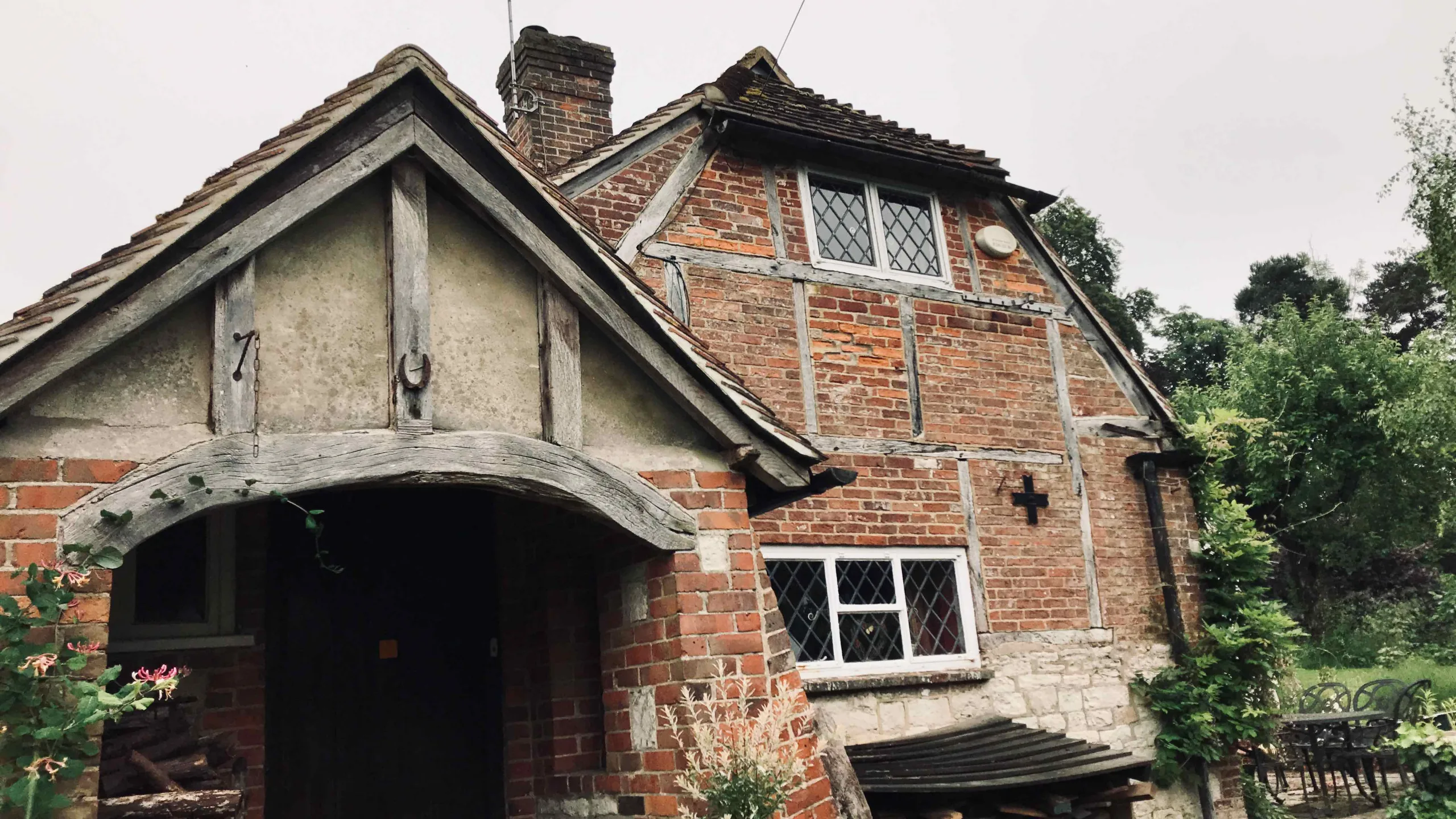Our services aim to assist clients in preserving and enhancing the historical significance of listed buildings while meeting their specific needs and complying with relevant regulations. These services include:
- Measured Building Surveys: We undertake detailed measured surveys to create accurate floor plans, elevations and sections. This is often the first step on our listed building projects.
- Architectural Design: Creative design services for extensions, renovations and conversions ensuring proposals respect the historical character of the building while meeting clients needs.
- Planning Applications: We handle the process of applying for planning permission, including preparing the necessary drawings and documents and liaising with the local planning authority.
- 3D Modelling: We use cutting-edge technology to create 3D models of buildings where required, to help clients visualise proposals and changes in design.
- Heritage Statements: We prepare heritage statements to assess the impact of the proposed works on the historical significance of the building.
- Listed Building Consent: Any alterations to a listed building require Listed Building Consent from the local planning authority. We prepare and submit the application and negotiate with the authority on our clients behalf.
- Conservation and Restoration: Professional advice on appropriate methods and materials for conserving and restoring historic buildings.
Why use SurveyCloud?
We have a comprehensive understanding of the entire process, from initial measured survey through design development to preparation and submission of the listed building consent application. This holistic approach has distinct advantages:
- Consistency: The same company will have a consistent understanding of the property, its history and the proposed changes, leading to a more coherent and well-structured application.
- Efficiency: Communication is streamlined when one company handles all tasks, saving time and preventing misunderstandings.
- Expertise: Survey data is presented in a way that supports the planning application, highlighting key features or issues that might impact the submission.
- Cost: It can be more cost-effective to use one service provider for all tasks.
- Responsibility: If any issues arise, there’s clear accountability.




